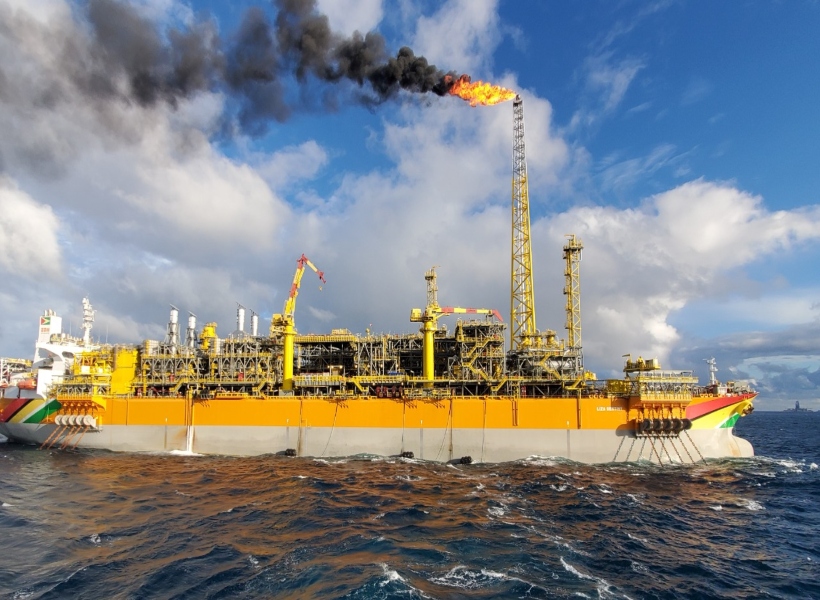While there are some who believe the modifications to the Liza Phase One and Payara Permits have actually weakened the standards ExxonMobil must comply with, the Environmental Protection Agency (EPA) has categorically stated that nothing could be further from the truth. In fact, the EPA noted that its modifications are in keeping with international benchmarks particularly as it relates to matters of flaring.
Its comments in this regard come on the heels of criticisms by former EPA Head, Dr. Vincent Adams to the effect that the agency has given ExxonMobil a two months timeline to flare gas upon start-up of operations. The Environmental Engineer said the two-month period is far beyond the 48 hours ExxonMobil has to comply with in the USA while adding that himself and other technical personnel within these quarters had agreed that the oil giant should be subjected to the same rigid standard here.
The EPA noted however that its two-month flaring allowance is still stringent in spite of Dr. Adams’ criticisms. The EPA said international benchmarking shows that the typical acceptable start-up period averages 90 days. The EPA, therefore, concluded that the 60-day requirement is much more rigorous as it is well below the average international benchmark.
The EPA further noted that contrary to what Dr. Adams claims there was never an agreement to prescribe two days of start-up since this is impossible given the nature of the installations for the Liza Phase One and Payara operations.
The regulator also noted that the permits for both projects specifically state: “The Permit Holder shall not exceed sixty (60) days of flaring during Start-up.” It also stressed that there is no “carte blanche” for flaring under ‘Special Circumstances’ either, as the company is required to seek approval from the EPA for any flaring beyond 48 cumulative hours.
The regulator was also keen to note that it still enjoys the right to reject any request for flaring made pursuant to these Permits. The agency said too that if an approval is given, it might include such terms and conditions as may be appropriate, including reduced timelines for any proposed flaring events.
With the foregoing in mind, the EPA said it views the Payara Environmental Permit and the Modified Liza 1 Environmental Permit as marked improvements, particularly in consideration of the more specific flare management conditions that are consistent with industry practice in order to regulate and/or deter periods of flaring.













